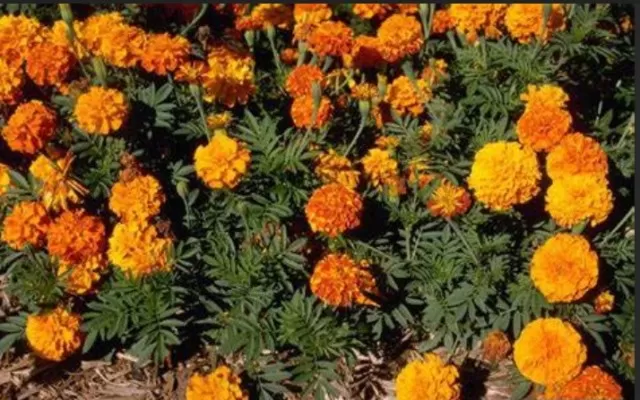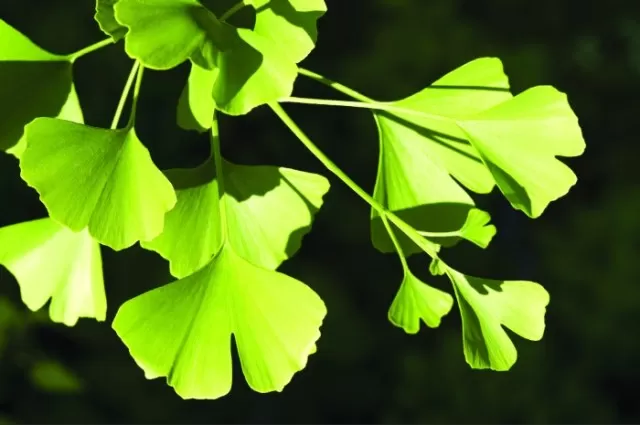Fragrant but Stinky: Beautiful Plants with Unpleasant Odors. If you have a sensitive nose, staying away from these plants might be a wise decision. However, it’s essential to remember that even though some may find their odors unpleasant, these plants play vital roles in the ecosystem and can be admired for their unique characteristics and contributions.
Embracing the Aromatic Ambiguity: To Cultivate or Not?

The perception of fragrance is a matter of individual subjectivity, making the decision to cultivate a plant with a distinct odor a subjective one.
What may be offensive to some could be delightful to others, thus challenging the notion of avoiding foul-smelling plants altogether. Interestingly, the definition of “fetid” or “fragrant” hinges largely on the olfactory preferences of the observer.
Moreover, the intriguing world of scents extends beyond the human realm.
While certain odors may repel most humans, these same scents could serve as alluring perfumes for dogs and other animals. Hence, labeling certain flowers as unequivocally stinky demands a reconsideration, as their pollinators find them irresistibly captivating.
In this fragrant labyrinth of contradictions, exploring the complex interplay of scent preferences between humans, animals, and plants unveils a fascinating tapestry of aromatic diversity.
So, the decision to raise a stink—or not—becomes an exploration of sensory intrigue and a celebration of nature’s enigmatic allure.
Crown Imperial (Fritillaria imperialis): Royalty with a Controversial Scent
Standing tall at heights of 3 to 5 feet, the Crown Imperial is undoubtedly among the most majestic of bulbous plants.
Its regal appearance is accentuated by a crown of resplendent red, orange, or yellow bell-shaped flowers, each adorned with a lush array of leaves. However, amidst its grandeur lies a divisive olfactory characteristic that sparks contrasting opinions.
Kind garden writers often describe the Crown Imperial as “musky,” perhaps trying to soften the blow of its other less flattering epithets.
For some, it evokes associations with the cunning “foxy” or the pungent “skunky. ” It has even earned the less-than-elegant nickname “stink lily” from some quarters.
Despite this fragrant discord, the crown imperial holds its royal position with confidence, exuding whatever scent it pleases.
Interestingly, this floral monarch has cleverly turned its polarizing aroma into an advantage.
Its distinctive odor acts as a natural deterrent, effectively repelling rodents and granting it a “di-stinked” advantage in the garden.
As with any true sovereign, the Crown Imperial remains unyielding in its choices, unabashedly flaunting its unique fragrance.
While some may find its scent enchanting, others may turn up their noses. Nevertheless, there is no denying the commanding presence and enduring allure of this imperial flower, whose aromatic contradictions add yet another layer of fascination to its noble existence.
Marigold (Tagetes spp): A Fiery Display of Scented Controversy

Marigolds ignite the landscape with their blazing hues, reaching the peak of their brilliance in late summer and early autumn.
As they bloom in a symphony of burning colors, they also release an acrid fragrance, emanating from the terpene present in their foliage. This scent, akin to the nostalgia of autumn fires, can evoke mixed emotions among gardeners.
While some find it pleasantly reminiscent of the season, others may find it overpowering, leading to a fragrant divide.
In response to the varying opinions on marigold’s aroma, seed companies have introduced scentless varieties to the market.
Notably, ‘Crown of Gold,’ developed by Burpee, emerged as a pioneering scentless type, a result of collaboration with a missionary who stumbled upon an odorless species in China. This development brought an intriguing question to the forefront: Can marigolds truly be considered marigolds without their signature scent?.
The debate over the essence of marigolds continues, with enthusiasts cherishing the traditional scented varieties for their evocative qualities and the memories they evoke.
On the other hand, proponents of the scentless versions praise them for their visual appeal without the distraction of the divisive aroma.
As the sun sets on this scented controversy, one thing remains clear—the marigold, whether fragrant or not, remains a symbol of vibrant beauty and an integral part of gardens around the world.
Its dazzling display of colors and aromatic disposition, or lack thereof, will forever add a touch of fiery allure to any landscape it graces.
Flowering Pear (Pyrus calleryana ‘Bradford’): A Blossoming Beauty with a Pungent Secret
Introduced to the world through the discoveries of a different missionary in China, the Callery pear adorns early spring with an abundant display of pristine white blossoms, casting a captivating spell on all who behold it.
As the seasons transition, the tree’s leaves take on a purplish or bronzy hue, adding yet another dimension of beauty to its allure during the fall months. In the 1950s, this tree soared to popularity, becoming one of the most sought-after ornamental trees in many landscapes. However, as time passed, concerns about its structural brittleness and invasive tendencies dampened its once-flourishing reputation.
Curiously, amid the discussions of the Callery pear’s weaknesses, one peculiar aspect went largely unnoticed—the pungent truth behind its bridal blooms.
These seemingly innocent and delicate white flowers conceal a surprising secret: they emit the unmistakable scent of butyric acid, a compound notorious for its association with the unpleasant act of regurgitation.
Despite this rather unsavory characteristic, the Callery pear manages to maintain its appeal to many admirers who appreciate its stunning appearance during spring and autumn.
However, as with any beauty, this tree has its own hidden flaws, which serve as a reminder that even the most enchanting specimens can harbor unexpected surprises.
In the world of horticulture, the Callery pear continues to stand as a testament to the delicate balance between beauty and complexity, reminding us that in nature’s grand tapestry, every plant, no matter how enchanting or unassuming, has its unique story to tell.
Ginkgo (Ginkgo biloba): A Fragrant Gender Divide in the Plant Realm

Interestingly, the concept of smelling good doesn’t always translate the same way in the plant kingdom as it does among humans.
The ginkgo tree, with its elegant display of fan-shaped leaves that transform into a golden spectacle during autumn, exemplifies this fascinating difference. While the male and female ginkgo trees share these aesthetic attributes, their olfactory practices take a strikingly divergent path.
In a bold departure from the stereotype of females typically striving to smell pleasant, the female ginkgo shows little concern for emitting a distinct butyric odor from its fruits.
This unique fragrance, often likened to BO (body odor), wafts from the female ginkgo’s fruits, presenting a curious contrast to its graceful appearance. However, nature has its way of balancing things out.
On the brighter side, male ginkgo trees do not bear fruits, sparing gardeners from encountering the putrid aspects of this otherwise enchanting tree.
By cultivating male ginkgo trees, gardeners can still enjoy the tree’s exquisite beauty without having to contend with the less desirable fragrance associated with the female’s fruits.
In this captivating tale of botanical gender divide, the ginkgo tree leaves us with a valuable lesson—that beauty and fragrance in the plant world can be wonderfully diverse and need not follow human norms.
As we marvel at the splendid fan-shaped leaves and the golden hues of autumn, let us also appreciate the intriguing complexities that nature weaves into every living being, adding charm and wonder to the world around us.
*The information is for reference only.